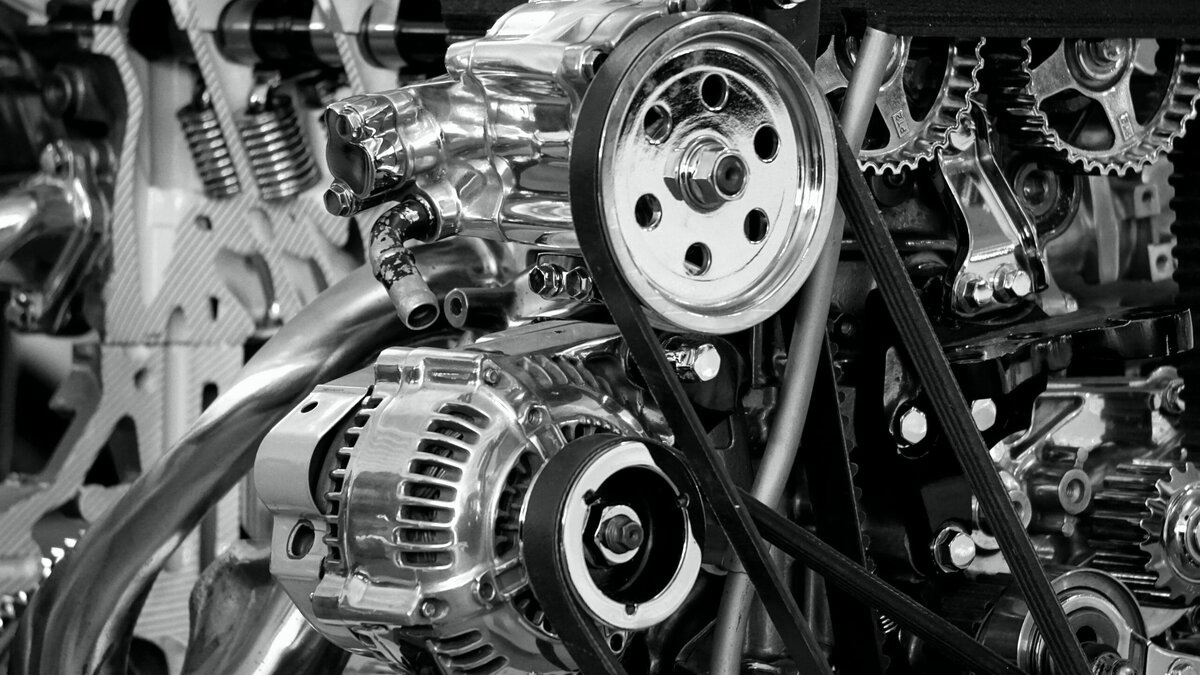In the era of rapid developments in technologies, newer components or technologies are launched every day. On one hand, technological innovation boosts productivity and efficiency in many sectors, on the other hand it causes more hardware and software becoming obsolete faster than in the past. Here Neil Ballinger, head of EMEA at industrial parts supplier EU Automation, discusses the pros and cons of fast technological advances.
In 1936, Charlie Chaplin tried to keep up with an assembly line with his arm frantically flailing as he twisted wrenches with both hands in the classic movie Modern Time, an iconic moment in the cinematic representation of manufacturing. Luckily, non-stop technological progress has created new opportunities for manufacturers to reimagine their business operations, with efficient automation solutions that maximise productivity while preserving employees’ wellbeing.
Today, we can see highly automated industrial robots carrying out complicated tasks with high precision and speed in assembly lines. As companies try to improve their operations and production efficiency, the transition to Industry 4.0 solutions, including IoT-connected devices, advanced analytics, intelligent business process automation and advanced manufacturing technologies, is accelerating greatly.
Take the aerospace manufacturing sector as an example. In this sector, regular washing is vital for reducing corrosion and improving the life and safety of the aircraft. However, the conventional method of manual washing, which involves using sponges, brooms, rages and ladders, is dangerous and labour-intensive. It generally takes a team of four workers four hours to wash a plane manually and wet and slippery ladders may lead to injuries. To address this problem, the Canadian industrial robots programming company RoboDK and automation technology supplier Wilder Systems developed a drive-through washing system, enabling companies to automate the entire washing cycle — now, it only takes 52 minutes to complete a wash.
The washing system is only a glimpse of cutting-edged automation technologies. Nowadays, companies in other sectors are also digitalising or automating monotonous tasks to make production more efficient and cost-effective.
Faster advances, earlier obsolescence
Due to constant product updates as well as components being created with a shorter lifespan, electronic components are now becoming obsolete faster than ever before.
Take semiconductor as an example. In the 1980s, many models were produced for 25 to 45 years, but now a semiconductor’s lifespan can be as short as two years while the average lifecycle of electronic is about five years. In industrial plants, control systems can be up to forty years old, but components in Programmable Logic Controllers (PLCs) or Human Machine Interfaces (HMIs) often become obsolete in only five years or less. If one of these devices stops working and needs replacing but the companies are not prepared, the consequences can be serious as every minute of downtime can cause a huge financial loss.
With the proliferation of new technologies, component obsolescence has become an even bigger headache for today’s manufacturers, and to some extent it will always be inevitable. However, with a proactive obsolescence management strategy, manufacturers can understand the risks and vulnerabilities their businesses may face. To be truly engaged in technological innovation means that manufacturers not only need to be an early adopter of technologies, but also to support their business growth with functional legacy systems. By partnering with a reliable supplier that specialises in obsolete components, manufacturers can protect themselves again the negative consequences of obsolescence and ensure business continuity in case of components failure.
To increase production output, manufacturers have now better options than forcing their workers to keep up with an increasingly fast assembly line. However, technological progress can be a double-edged sword.
For more information on obsolescence management, please click https://www.euautomation.com/boom to download our Book of Obsolescence Management for free.





